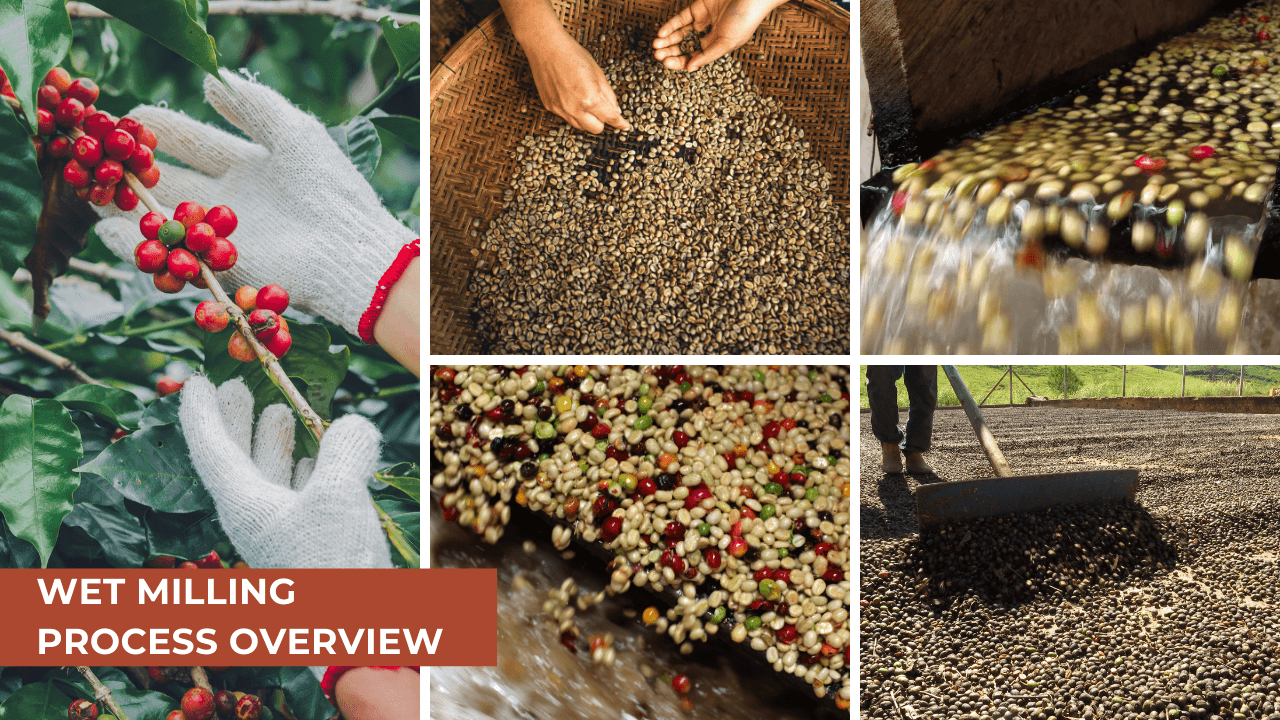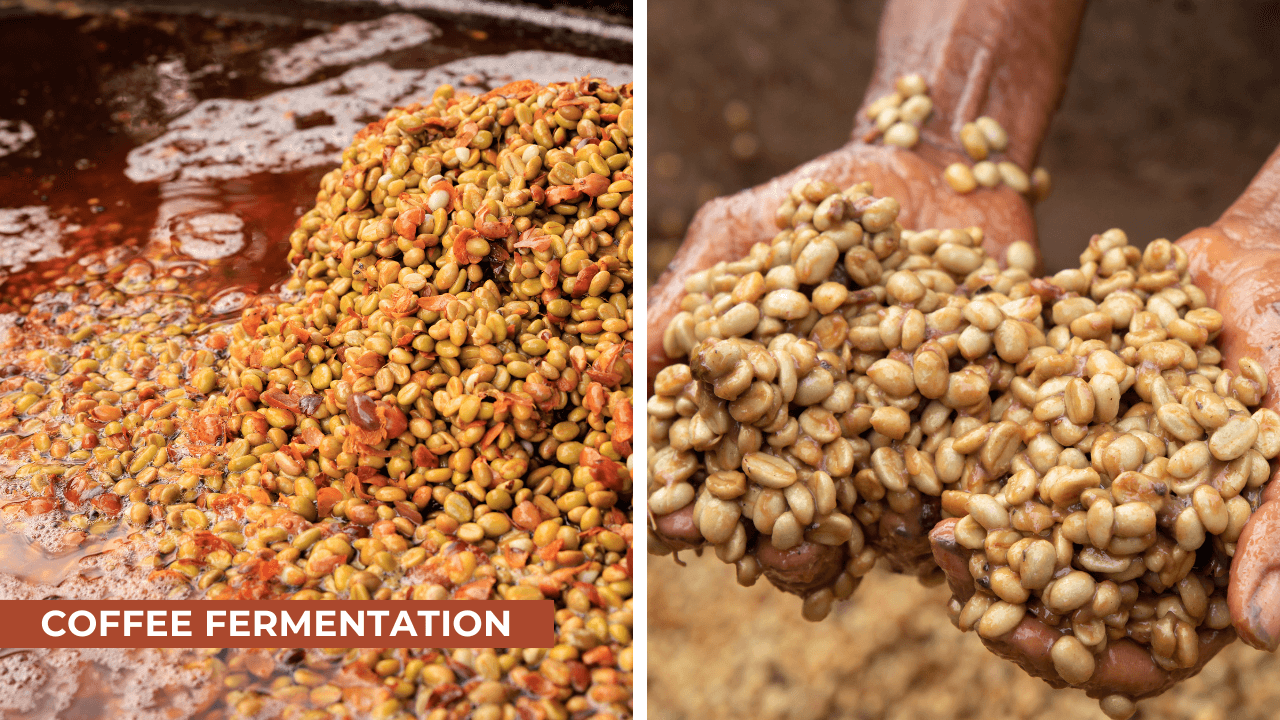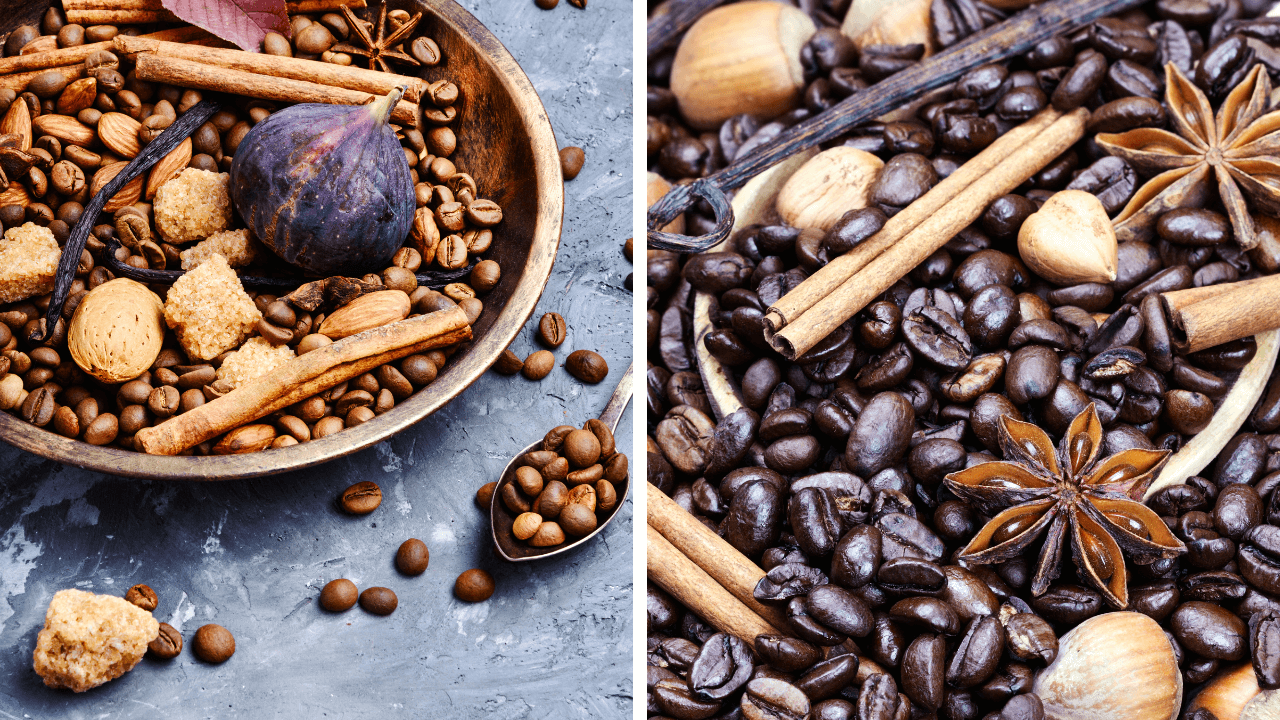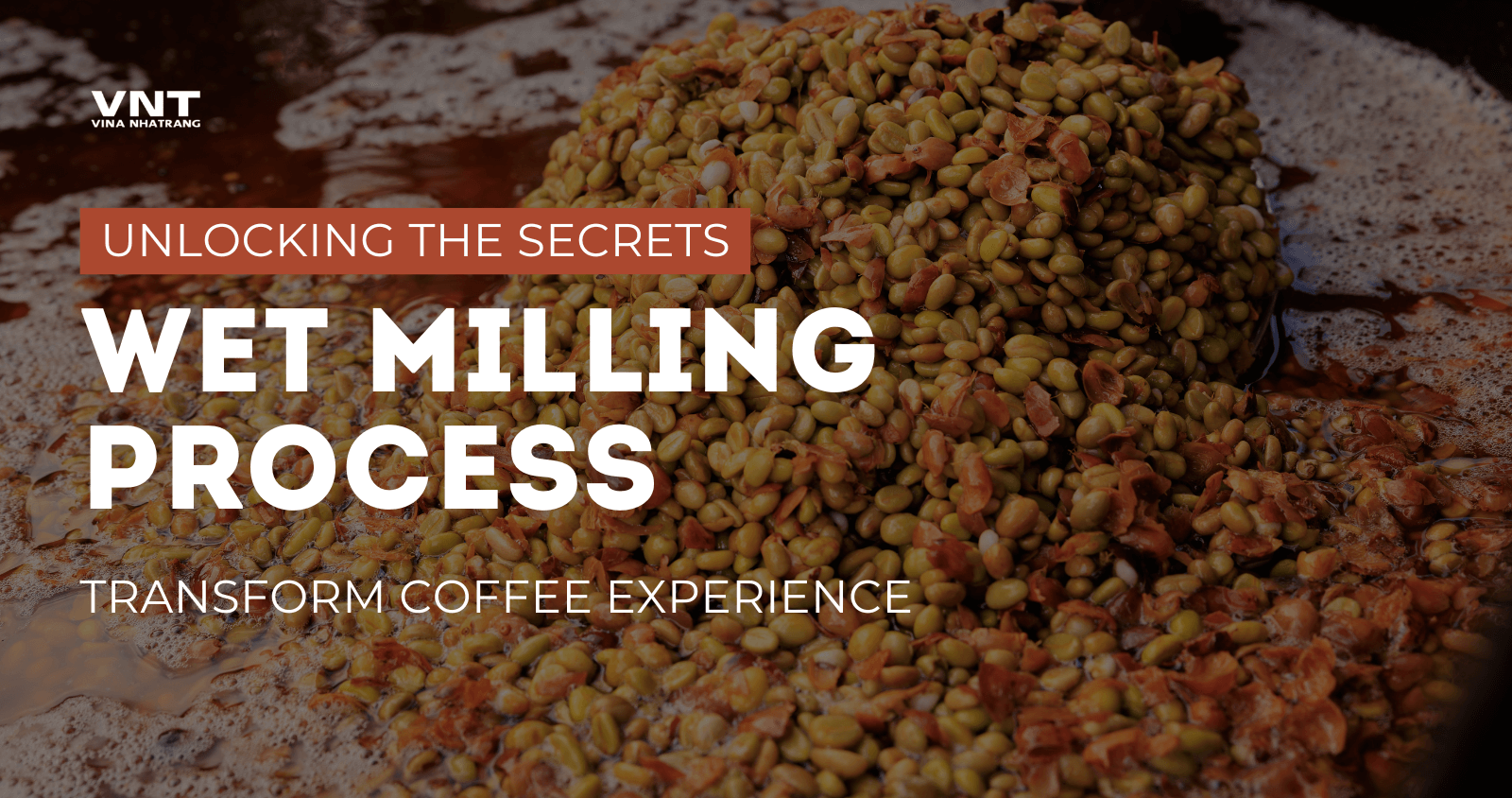Have you ever pondered why some coffees taste better, cleaner, or more colorful than others? The answer may surprise you: it lies in the milling – specifically, wet milling process. This critical step can elevate your morning brew from ordinary to extraordinary. Whether you’re a coffee aficionado or simply love a good cup, understanding wet milling will forever change how you experience coffee. So let’s dive into this fascinating process and uncover the magic behind those vibrant flavors!
Introduction: Wet Milling Process
When we think about coffee, images of steaming cups and aromatic beans often come to mind. But there’s a fascinating world behind those beans – a world of meticulous processing that begins long before the roasting stage. At the heart of this process lies wet milling, a method that’s key to producing some of the world’s most beloved coffees.
Wet milling is more than just a technical step; it’s an art form that requires skill, precision, and a deep understanding of coffee. This process can elevate a good coffee to greatness, bringing out nuanced flavors and creating the clean, bright profiles that coffee lovers crave. But what exactly is wet milling, and why does it matter so much? Let’s break it down.
What is the coffee wet milling process?
Wet milling, also known as wet processing, is a method used in coffee production to remove the outer layers of the coffee cherry and prepare the beans for drying. This process involves several steps:
- Harvesting: Only the ripest coffee cherries are carefully picked from the trees.
- Sorting: The harvested cherries are sorted to remove any defective or unripe fruits, ensuring only the highest quality cherries proceed to processing.
- Depulping: The outer flesh of the cherry is mechanically removed using a depulping machine, exposing the coffee beans inside which are still covered in a sticky layer called mucilage.
- Fermentation: The depulped beans are placed in fermentation tanks where they’re left to ferment for 12-36 hours. During this time, natural enzymes break down the mucilage layer.
- Washing: After fermentation, the beans are thoroughly washed to remove any remaining mucilage and fermentation byproducts.
- Drying: The clean, wet beans are then dried to the optimal moisture content, usually around 11-12%, either by sun-drying or mechanical drying.
This process is distinct from dry processing (natural processing) where the entire coffee cherry is dried before the beans are removed. Wet milling allows for greater control over the development of the coffee’s flavor profile, typically resulting in cleaner, brighter-tasting coffees.

The Magic of Fermentation
During fermentation, natural enzymes break down the sugars in the mucilage layer surrounding the coffee bean. This process typically takes 12-36 hours, depending on factors like climate and desired flavor outcome. It’s a delicate balance – too short, and the coffee may taste underdeveloped; too long, and you risk over-fermentation, leading to unpleasant, sour notes.
The fermentation stage is crucial in developing the coffee’s final flavor profile. It’s during this time that many of the complex flavor compounds begin to form. Factors such as temperature, humidity, and the naturally occurring microorganisms present can all influence the fermentation process and, consequently, the final taste of the coffee.

The crucial fermentation stage: natural enzymes break down the mucilage, developing complex flavors in the coffee beans
Skilled coffee producers carefully monitor the fermentation process, often checking the beans regularly to determine when fermentation is complete. They may use various methods to assess this, including feeling the beans for slipperiness, measuring pH levels, or even tasting samples of the fermenting coffee.
💡 Fun Fact:
- Some innovative coffee producers are experimenting with extended fermentation times of up to 100 hours to create unique flavor profiles! These extended fermentations are carefully controlled and can result in coffees with intense fruity or winey notes. However, this is a risky process that requires extreme precision to avoid spoiling the coffee.
Why Wet Milling Matters: The Flavor Factor
So, why go through all this trouble? The answer lies in your cup. Wet-processed coffees are known for their:
- Clarity of flavor: Clean, crisp taste with distinct flavor notes. Wet processing allows the inherent flavors of the coffee bean to shine through without being masked by the earthy or fermented flavors that can sometimes occur in dry-processed coffees.
- Bright acidity: A lively, vibrant quality that dances on your tongue. This brightness is often described as citrusy, winey, or even floral, depending on the coffee’s origin and variety.
- Complex aromatics: A bouquet of scents that enhance the overall experience. Wet-processed coffees often exhibit more delicate and nuanced aromas, which can range from fruity and floral to chocolatey or nutty.
These characteristics make wet-processed coffees particularly popular in specialty coffee circles. They allow the unique attributes of each coffee variety and growing region to shine through, unmasked by the earthy, heavy notes often associated with dry-processed coffees.

Wet milling process is recognized for their clarity of flavors
Moreover, wet milling offers producers greater control over the final product. By carefully managing each step of the process, from cherry selection to fermentation time to drying methods, producers can consistently create high-quality coffees with desirable flavor profiles.
It’s worth noting that wet milling is particularly suited to certain coffee varieties and regions. For example, many of the prized coffees from Central and South America, as well as some African countries like Kenya and Rwanda, are wet-processed. These regions often have the necessary water resources and infrastructure to support wet milling, and their coffee varieties tend to respond well to this processing method.
The Environmental Impact
While wet milling produces exceptional coffee, it’s not without its challenges. The process requires significant amounts of water and can generate wastewater that, if not properly managed, may harm local ecosystems. However, the coffee industry is making strides in addressing these concerns:
– Water recycling systems are being implemented to reduce overall water usage.
– Eco-pulpers are gaining popularity, using minimal water and separating pulp for composting.
– Some farms are using the nutrient-rich pulp and wastewater as fertilizer, turning waste into a resource.
These innovations demonstrate that quality coffee and environmental responsibility can go hand in hand.
Tasting the Difference
Now that you understand the effort behind wet-processed coffee, how can you best appreciate it? Here are some tips:
– Look for descriptors like “bright,” “clean,” or “citrusy” on coffee labels – these often indicate wet processing.
– Try coffees from different regions side by side to notice how wet milling highlights unique terroir characteristics.
– Experiment with brewing methods that showcase clarity, like pour-over or AeroPress.
– Pay attention to the acidity and any subtle fruit or floral notes – these are hallmarks of well-executed wet milling.
Remember, the goal isn’t to declare wet-processed coffees superior, but to understand and appreciate the diversity of flavors that different processing methods can create.
Frequently Asked Questions About Wet Milling Process
- Is wet milling better than dry processing?
- It’s not about better or worse – each method produces different flavor profiles. Wet milling tends to create cleaner, brighter coffees, while dry processing often results in fuller-bodied, fruitier flavors.
- Does wet milling affect caffeine content?
- No, the processing method doesn’t significantly impact caffeine levels. Those are more influenced by the coffee variety and roast level.
- How much water does wet milling use?
- Traditionally, wet milling uses substantial amounts of water – up to 130 liters per kilogram of coffee. However, modern eco-friendly methods have reduced this to as little as 5 liters per kilogram.
- Can I tell if a coffee is wet-processed by looking at the beans?
- While it’s not always obvious, wet-processed beans tend to have a more uniform color and lack the thin, papery silverskin often seen on dry-processed beans.
Ready to elevate your business with wet milling process? Contact our experts today!
Conclusion
As we’ve seen, wet milling is more than just a step in coffee production – it’s a crucial process that shapes the character of your daily cup. From the careful selection of ripe cherries to the precise control of fermentation, every aspect of wet milling contributes to creating coffees that are bright, clean, and full of nuanced flavors.
The next time you sip a particularly vibrant cup of coffee, take a moment to appreciate the journey it’s been on. Remember the skilled hands that harvested and processed those beans, the careful management of fermentation, and the attention to detail at every step. It’s this dedication to quality that transforms simple coffee cherries into the complex, delightful beverage we know and love.
Understanding wet milling doesn’t just make you a more informed coffee drinker – it deepens your connection to the global community of coffee producers, roasters, and enthusiasts. So here’s to your next cup of wet-processed coffee – may it be as enlightening as it is delicious!
FAQ:
1. What is the wet milling process in coffee production? Wet milling is a method used to remove the outer layers of the coffee cherry and prepare the beans for drying. This process involves depulping, fermentation, washing, and drying, and it helps create clean, bright-tasting coffees.
2. How does wet milling affect the flavor of coffee? Wet milling enhances the clarity and brightness of coffee, resulting in cleaner and more nuanced flavors. The fermentation process during wet milling develops complex flavor compounds that contribute to the coffee’s overall taste.
3. What is the difference between wet and dry processing in coffee? Wet processing involves removing the outer cherry and fermenting the beans before drying, producing cleaner flavors. Dry processing, by contrast, dries the entire coffee cherry before removing the bean, often resulting in fuller-bodied, fruitier flavors.
4. Does wet milling use a lot of water? Traditional wet milling uses significant water—up to 130 liters per kilogram of coffee. However, modern eco-friendly methods have reduced water usage to as little as 5 liters per kilogram, making the process more sustainable.
5. Why is fermentation important in wet milling? Fermentation breaks down the sticky mucilage around the coffee beans, and the length and conditions of fermentation impact the development of complex flavor profiles, such as fruity or floral notes.
6. Can you tell if a coffee is wet-processed by looking at the beans? Wet-processed beans often have a more uniform color and lack the papery silverskin typically seen on dry-processed beans, but it’s not always obvious by appearance alone.




